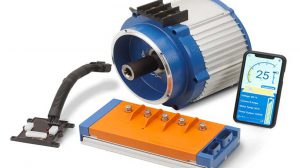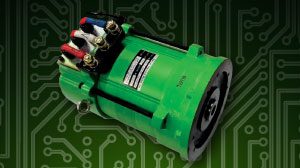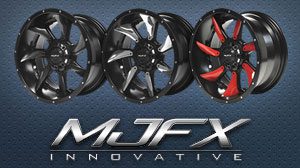By: Matt Vallez
There is a brand new car in my driveway. It has no gas tank or exhaust pipe, and I drive it to work on the freeway every day since I brought it home. Unfortunately, for my wallet, it was not manufactured in Augusta or Newnan Georgia. However, there will be more than just golf cars that the big three golf car manufactures will be manufacturing in the future and some already are. The car I am talking about is a Nissan Leaf, 100% electric car with no gas engine; complete with a charger that resembles an oversized laptop brick charger. Testing it on the open road, I have had it up to 95 miles per hour. It has impressive speed going from 0 to 60. While it’s not the same feeling of power from 60 to 90, never the less it is quick by any standard. By far, it is the quietest car I have ever owned, or driven before. The electric motor noise is barely detectable at takeoff or when rapidly decelerating. Most of the time you can’t hear a thing. My ultimate goal was to see if I could make something like this a viable option for my commute to and from work because I have a 40-plus mile commute each day. Even with the limits of the current electric car, only 90 miles per charge, so far so good. Being a bit of a skeptic, I have to admit, I am not “all in” on the purported benefits of electric technology so the car is a leased vehicle.
Regardless, I took the plunge and got one. This got me thinking; if I can use this type of car to travel 23 miles each day to work, one way, who else might be doing this too? My bet is a lot of people. With the price of gas where it is now my commute in a traditional-style automobile was costing me around $300 a month in gas alone. With this in mind, I set out to find an electric vehicle. During my search I discovered there are many choices of electric cars for lease, mostly on the west coast at this point, averaging between $179 and $250 a month with a $2500 down payment. Almost every manufacture now has a model available in their line that is fully electric. As an incentive to buy or lease our government is offering a $7,500 instant credit as part of any deal. Even with these enticements it is still a roll of the dice. I had a lot of questions, like; will I have to do something with the battery pack before I turn this in? How much will my monthly utility bill go up? Whether this works for me or not, only time will tell on these important aspects of the economics of this type of transportation.
The important question for most is how far this goes, as a trickle-down effect. Prior to the last few years an electric car replacing a gas-powered one was only happening in a few communities around the US, such as Sun City, AZ, Villages, FL and Peach Tree City, GA. Having large retirement populations, these areas are known for couples moving in and replacing at least one of their two gas automobiles with an electric golf car. In some cases a gas golf car is purchased, but let’s stick with the electric example so we don’t muddy the waters. Many cars purchased are just stock golf cars with an enclosure and set of lights. Other cars come from one of the big three golf car manufactures and have settings for 25 mph or 15 mph. My personal favorites are the electric fleet golf cars that have been modified to go 35 miles per hour and beyond. The point is they are cars mostly manufactured in Augusta or Newnan replacing something made in Detroit, or Japan.
Lucky for us, we now have a lot of electric options, from the Tesla model S to a stock electric golf car. I did not use a brand name here for obvious reasons… okay MELEX. Now when a consumer decides he or she wants an electric vehicle as part of their own personal fleet of cars, they can buy any number of different options, provided it will get the job done. At present, I could not make my 23-mile commute that includes highway travel in an electric E-Z-GO. However, let’s say I was a lifeguard living at the beach, and I only needed to travel a few miles per day, an E-Z-GO would be a viable option. Laws are changing fast across the country; LSV’s are popping up everywhere, in beach communities, subdivisions and other neighborhoods with low-speed areas. Places where the weather is warmer most of the year are quickly allowing LSV’s, NEV’s and the like on their streets. Recognizing trends like these, E-Z-GO has been manufacturing a hybrid golf car for a while. The Freedom RXV featuring Exceed™ Hybrid Technology is just one example of a golf car vehicle that “fills the gap” between an automobile and a golf car. This begs the question, what is next? Are the movers and shakers in Augusta and Newnan going to be able to fill in more of the gaps with road-ready vehicles that replace our gas-powered automobiles, or will companies like Nissan, Toyota and Ford be the ones doing that? If so, will the government allow us to ride around in golf cars without roll protection and air bags? What regulations might be on the horizon for the use of more convenient, cost-effective and environmentally friendly transportation on our roads? Whatever the answers are, it seems clear the future of electric-powered vehicles is brighter than ever. The only question that remains is who is going to lead us into the future of electric travel?










